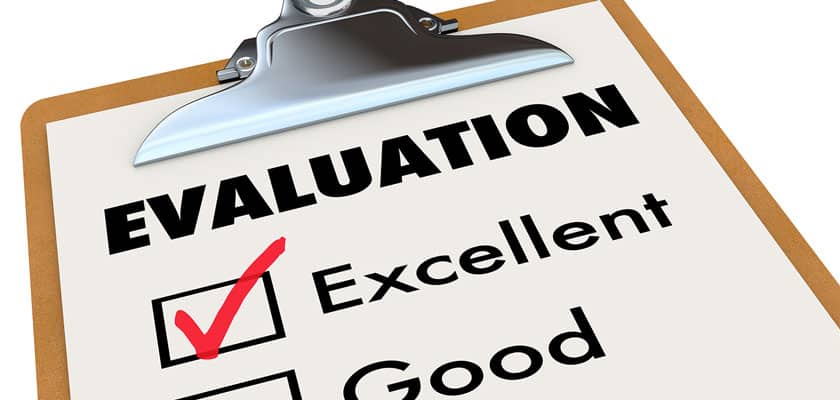YOU GOT THE POSITION... YOU'RE THE LEADER... NOW WHAT?
Menu

I sure have – like it was my job!
Actually, evaluating and providing feedback IS a huge part of my job. It is an important part of any leader’s job. As a Lead Pastor in a campus location with North Point Ministries, I am constantly evaluating our services, events, and programs. One of our staff covenants is “Make it Better,” so it’s safe to say evaluation and feedback is in our organizational DNA.
While evaluation alone is relatively innocent, the feedback mechanisms that carry our evaluations are ripe for harm – especially if you are a senior leader.
I learned this lesson the hard way a few times (I’m a slow learner). I remember two specifically:
1. The first time occurred on a Sunday morning. After a particularly technically difficult morning, I sent an email to my Production Director immediately following the service. By immediately I mean I hit send at “Amen.” While he took the evaluation well and agreed with my critique, he admitted later to feeling frustrated. Not because I was incorrect, but because of my timing. My delivery was destructive to a director and team who had just worked all week to execute a service. They couldn’t rest or even celebrate what went right because my critique overshadowed everything else.
2. In one of our student environments, I noticed something that needed correcting. In the moment, I pulled aside one of our younger staff members and critiqued the issue. No big deal – if you’re me. But as it turned out, it was a REALLY big deal for him. And not in a good way! My words carried too much weight, and his concern over my criticism created a determent for the rest of the event.
As a leader, providing feedback is imperative, but ultimately the timing and delivery is what makes the feedback helpful. Here are a few evaluation tips I’ve learned the hard way:
In the moment, I’ve learned to celebrate the wins, but save the criticisms. Unless the building is burning to the ground, I hold criticism for at least 24 hours. When the event, program, or service ends, allowing the staff to celebrate the wins trumps bringing them down with criticism. Today, no matter how bad it goes, I try to focus on the wins in the moment and save the criticism for another time.
As a point leader, our words weight 1,000 lbs. (or more!). We don’t consider this because we aren’t on the receiving end of our feedback.Think about a leader you respect and you will get the idea.
I’ve now made it a habit to ONLY provide criticism to my direct reports. Meaning, if you exist anywhere on the org chart outside of my direct report, the only thing you’ll hear from me is praise. I only break this rule under the worst of circumstances (see building burning down above). Trust me, if I see something wrong, I address it. I just address it with the person who reports to me (and I wait 24 hours!). This pushes leadership down the organizational food chain and empowers all our leaders to lead.
I found myself tempted to provide criticisms at every environment, event, service, and program, as if I was the only person capable of a proper evaluation. Not only is that arrogant, but it does not allow for leadership development.
Today, I’ve learned to trust my leadership team and directors to accurately evaluate and rectify problems. What I’ve discovered is they are equally (and in some cases, more) adept at identifying gaps. I would have never known had I continued to be first to the evaluation table.
The best way to teach our teams to evaluate well is by allowing them to evaluate with us serving as a guide. Questions make for excellent navigation. Now, I try (as much as I can) to ask great questions that lead to better evaluation. Where I would previously just identify the problem and propose solutions, today I allow the process to evolve with me leading the conversation through questions. This has brought our staff along faster and built more trust within our organization.
The next time you are in a critique, just as the group, “How’d it go?” “What do you want to ensure we replicate?” “What should we make better?” Then, just sit and listen.
In the end, evaluation is critical to improvement. But the feedback mechanisms and timing makes or breaks the critique. Learning to balance praise and criticism was the first step. But learning when to critique and who should hear the criticism allowed our organization and my internal relationships to improve.
Have you learned similar lessons the hard way? How have you balanced praise and criticism? Have you found that limiting criticism is helpful?
I’d love to know your thoughts. Feel free to comment below and share this post with anyone you feel could contribute to the conversation.
